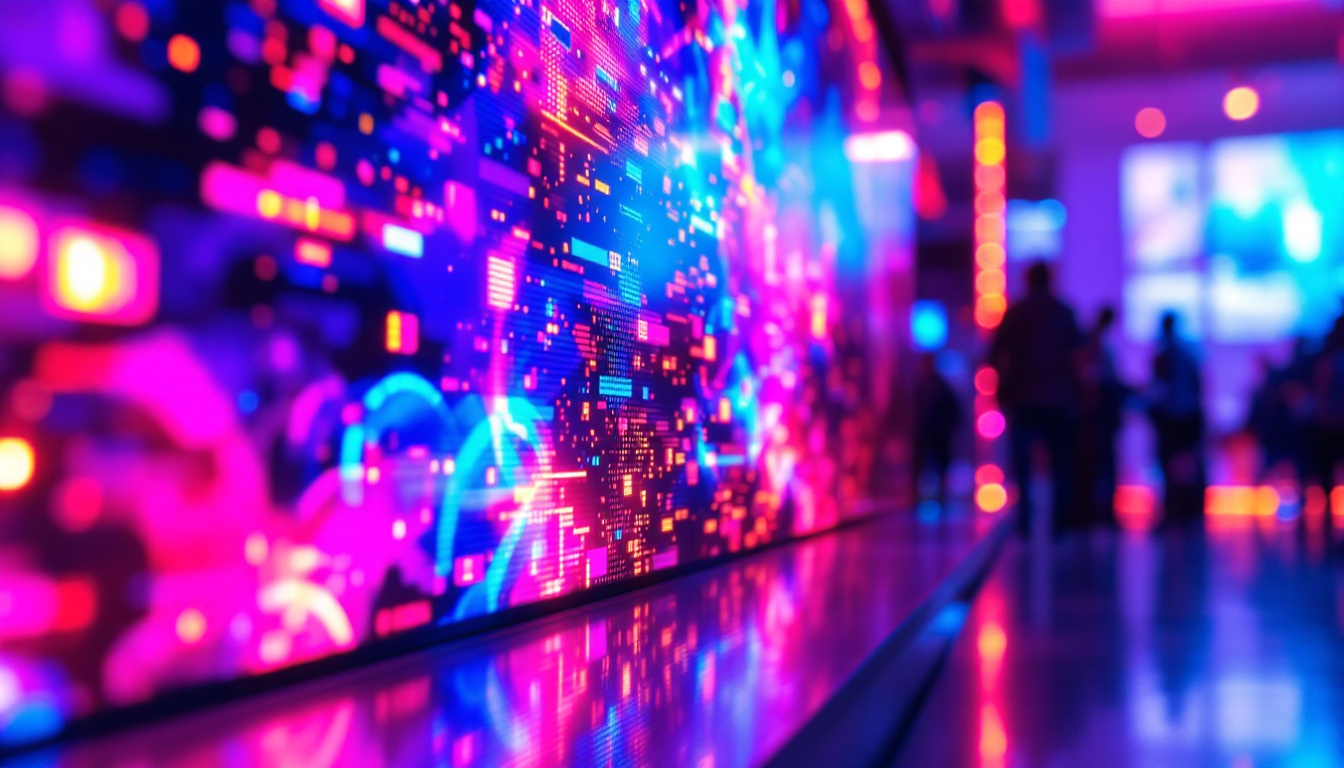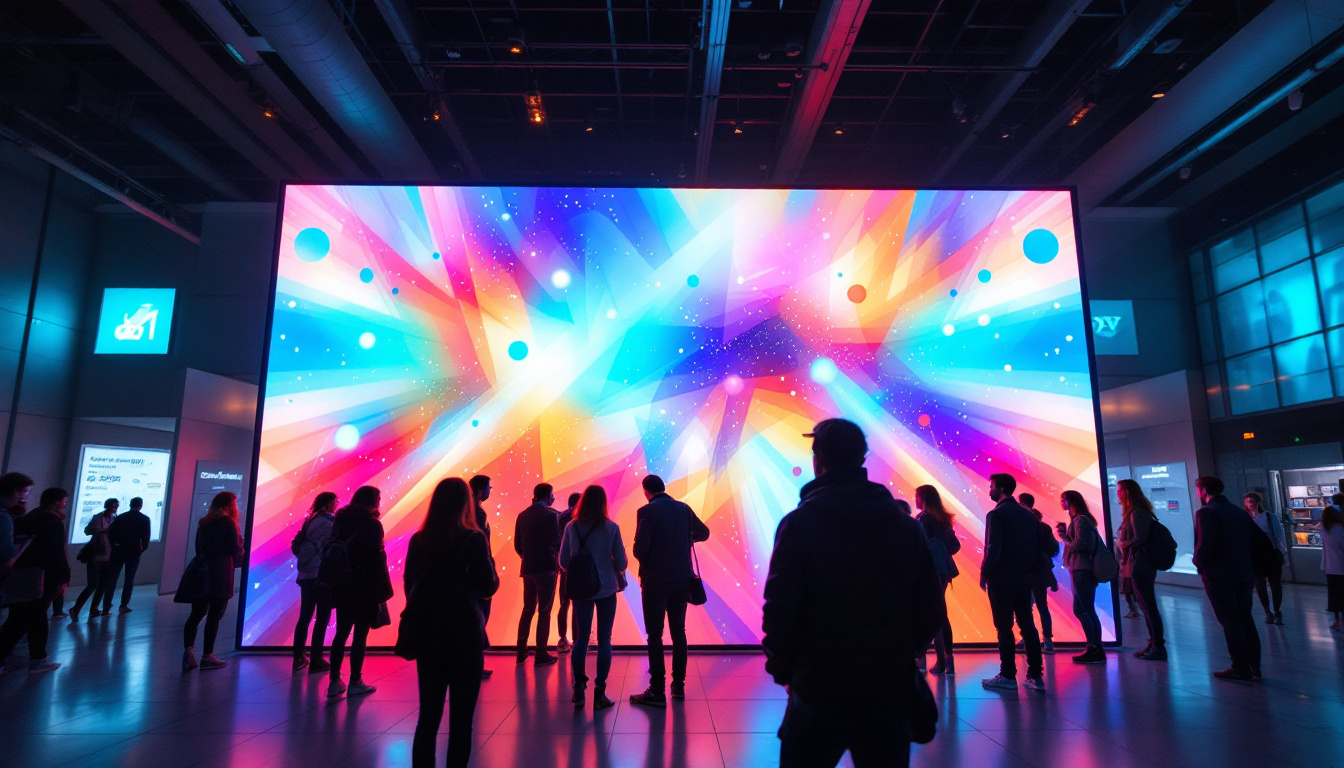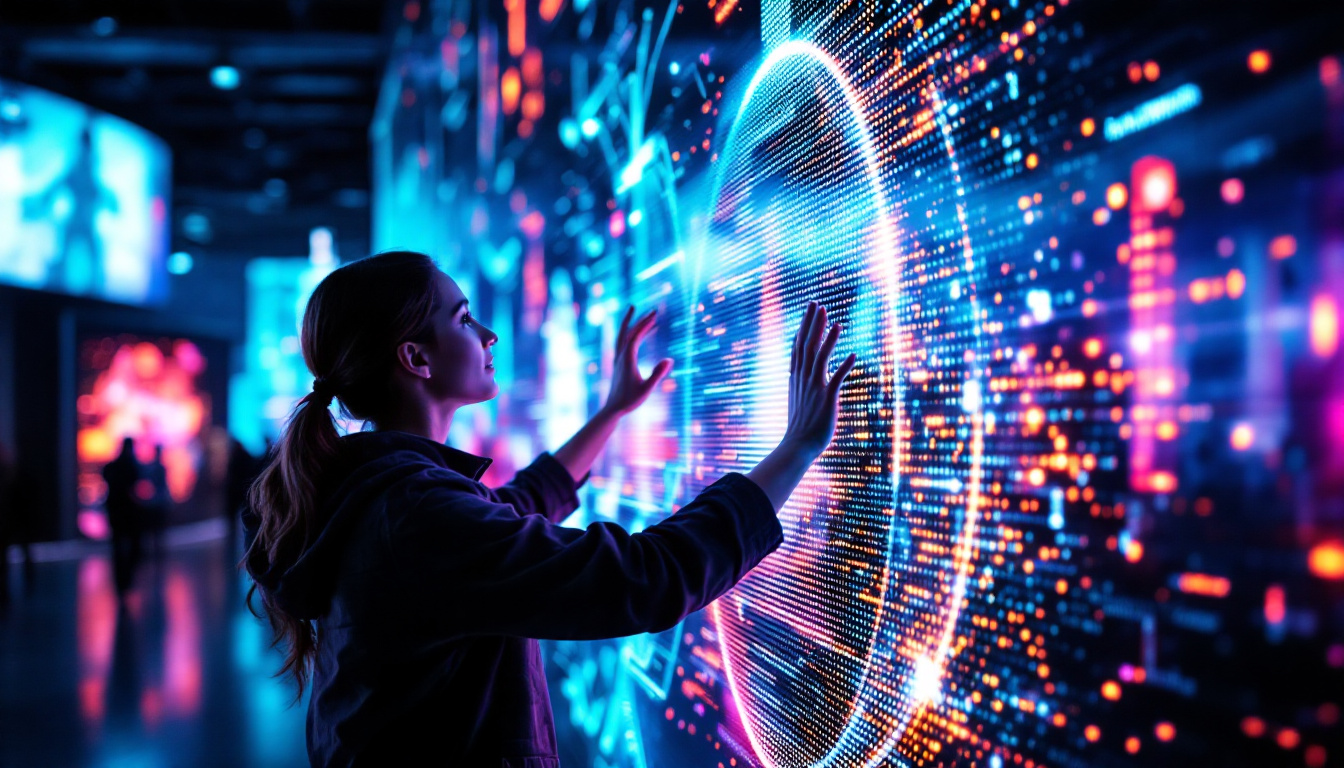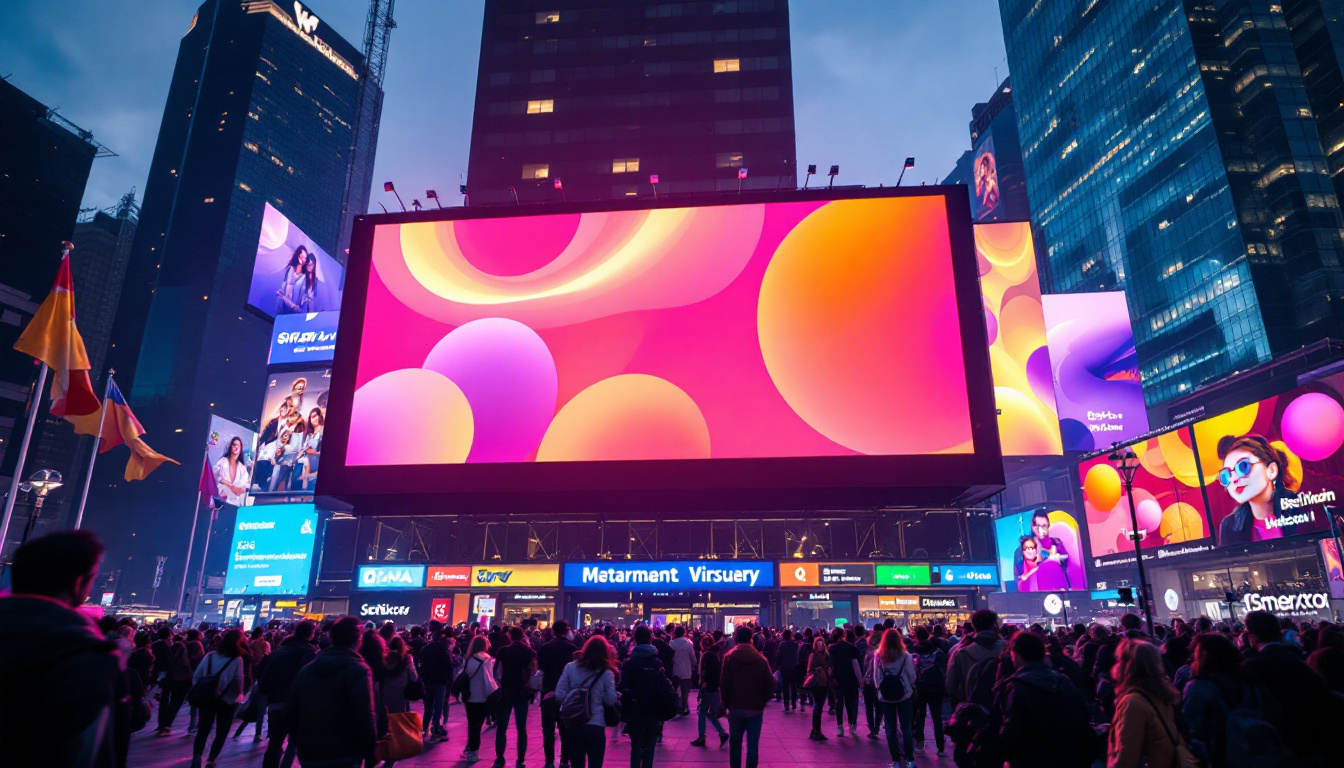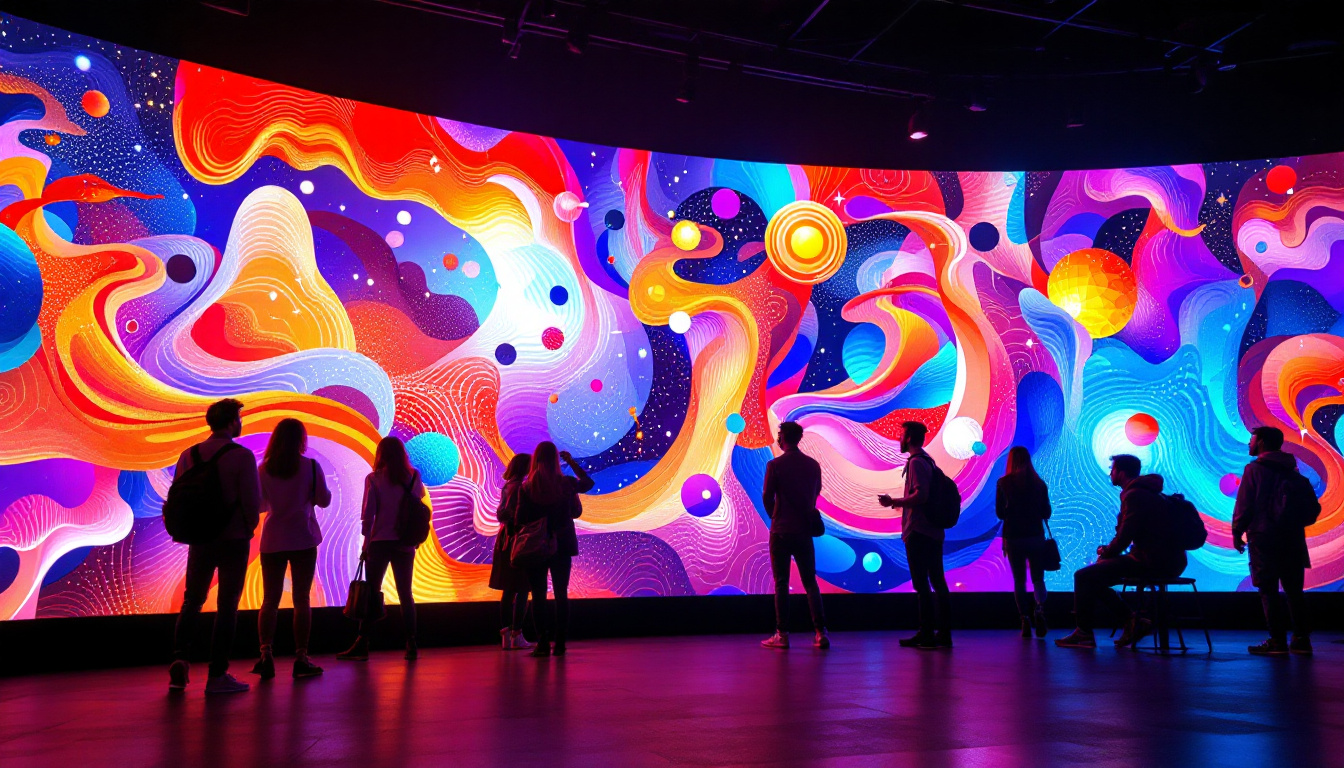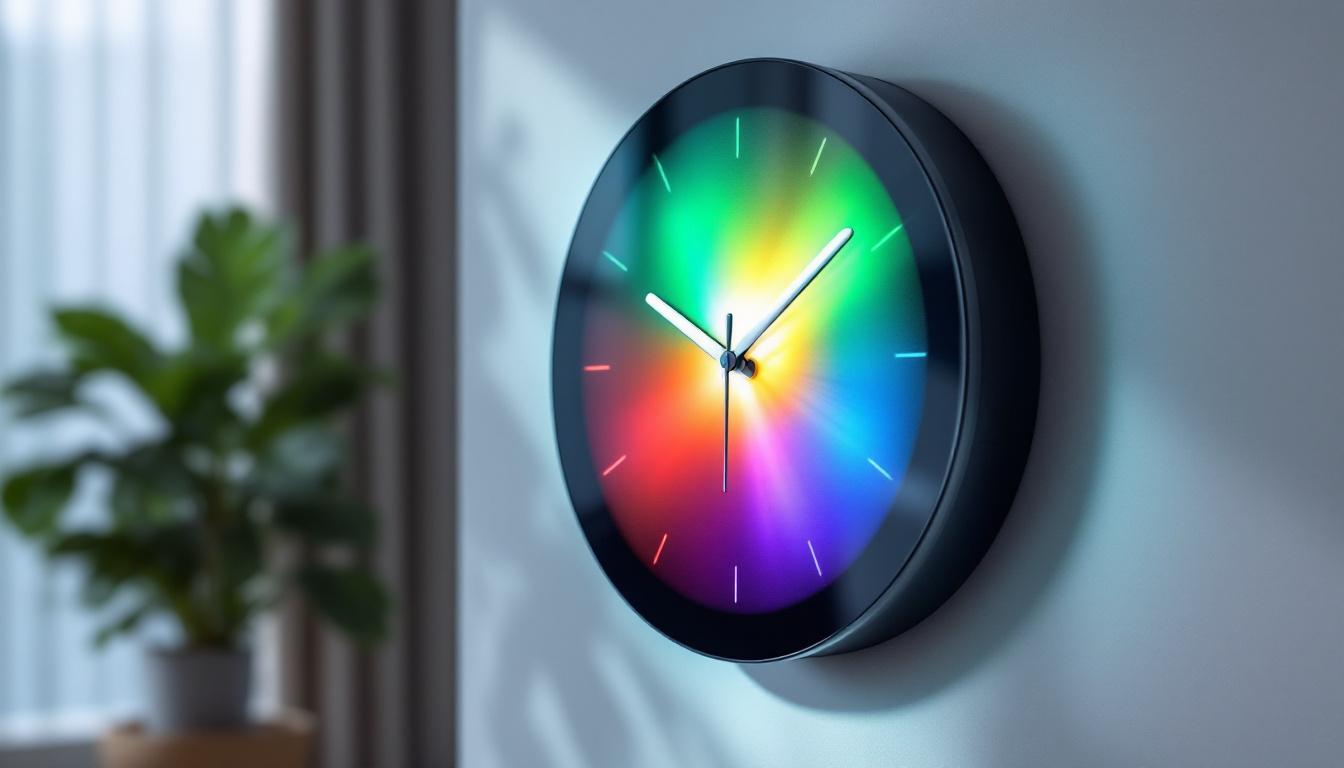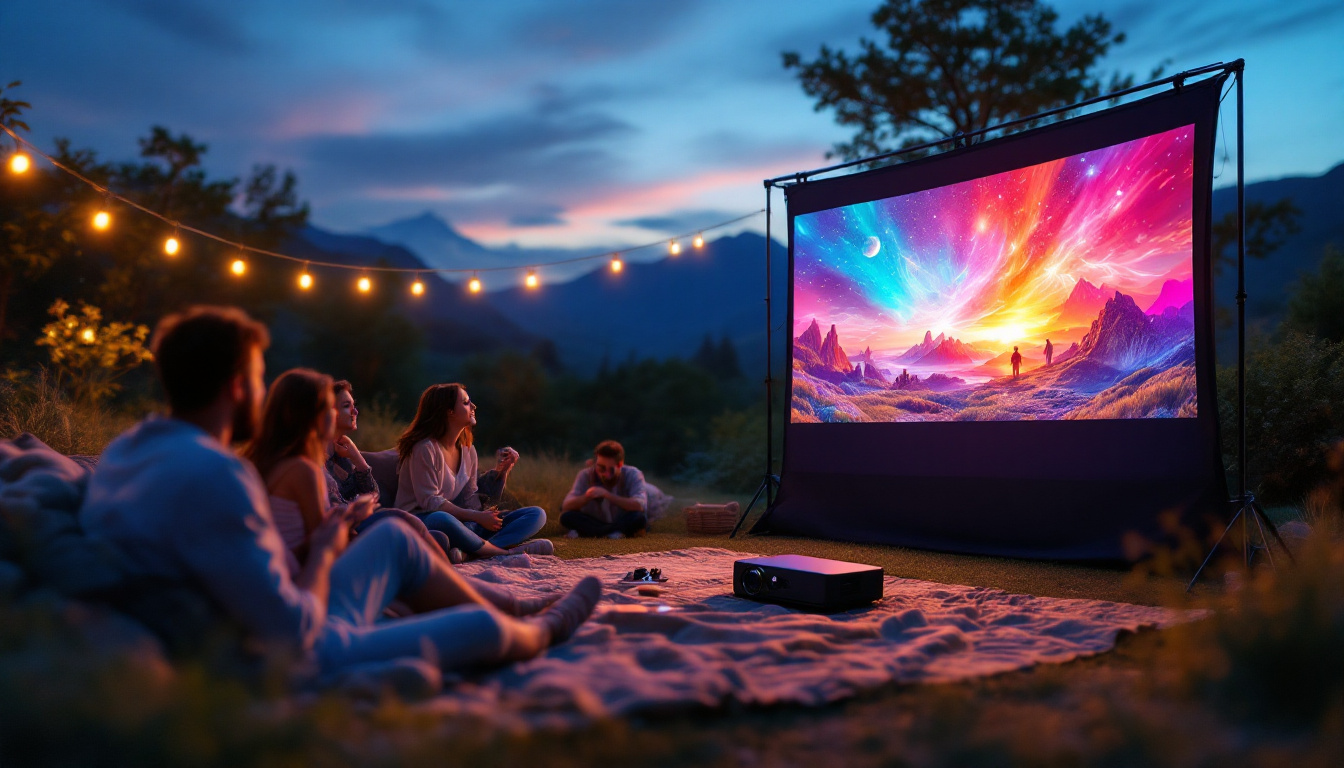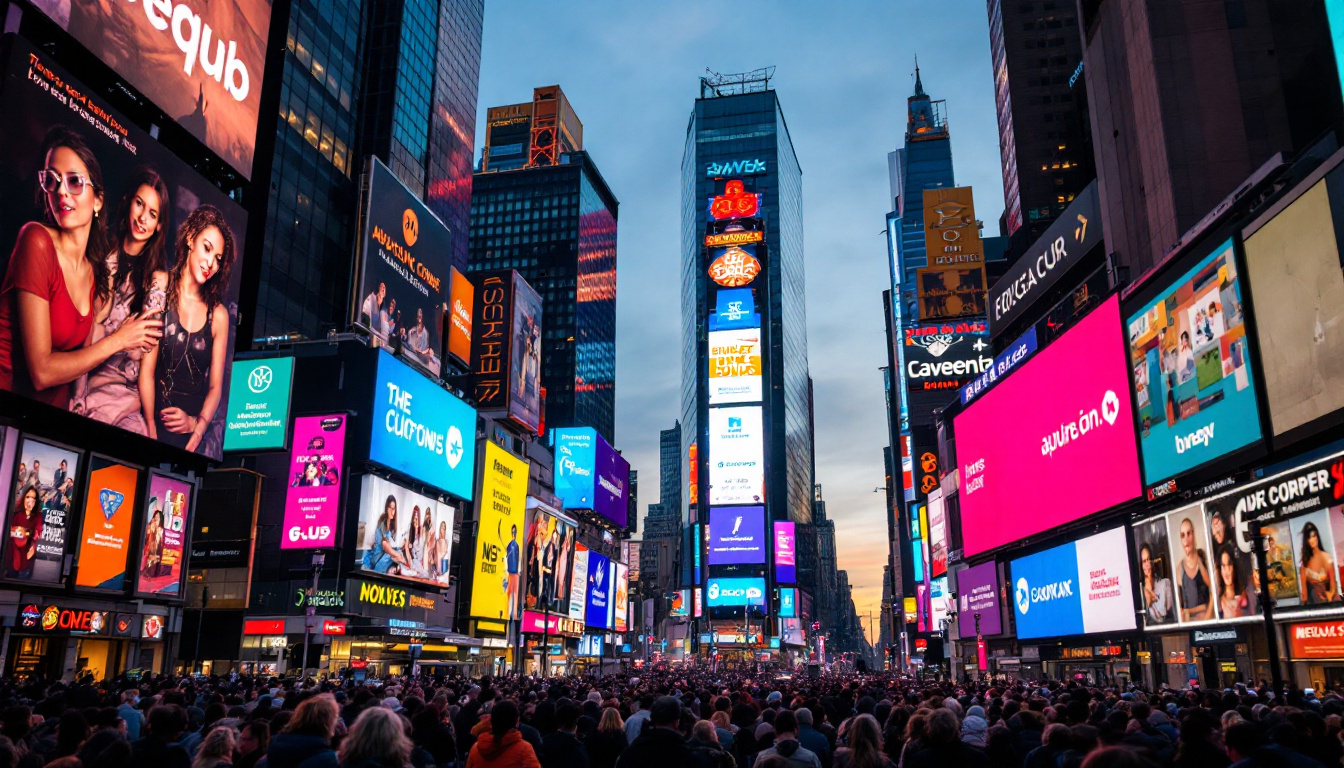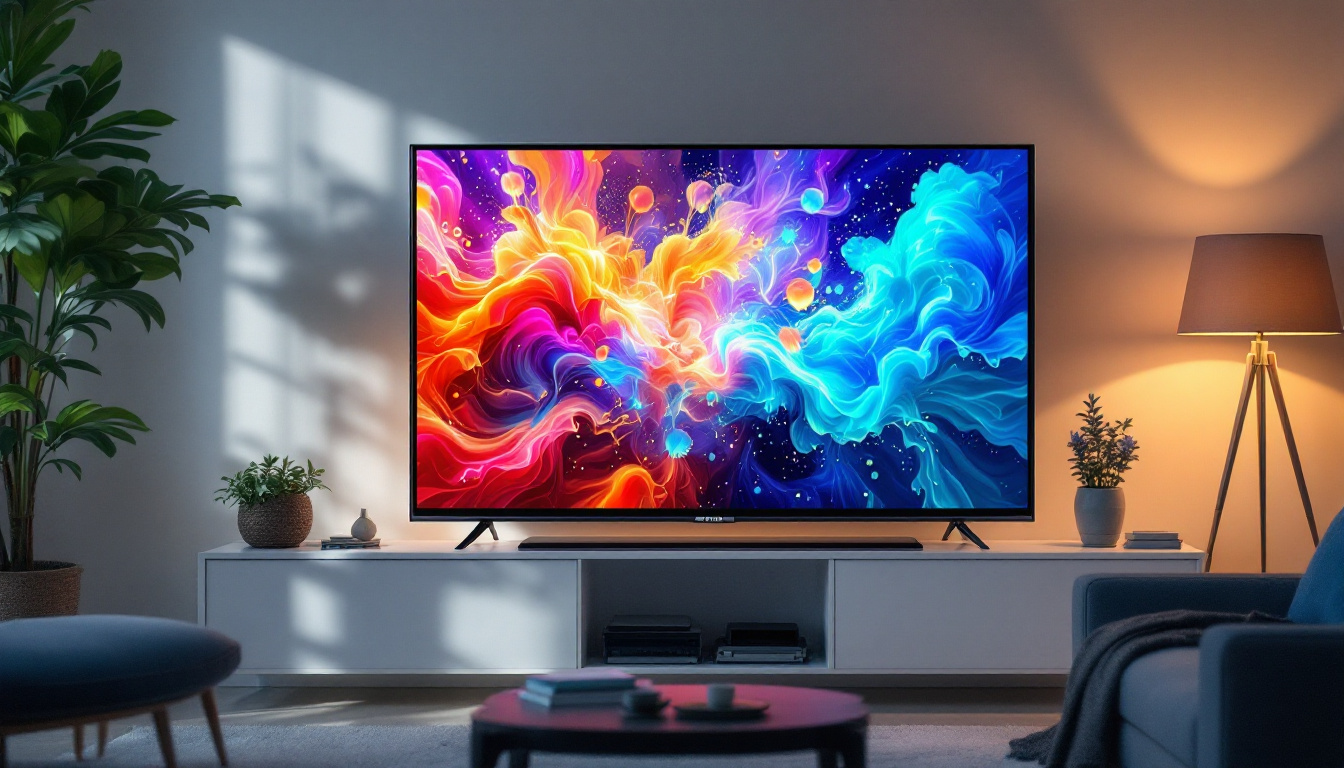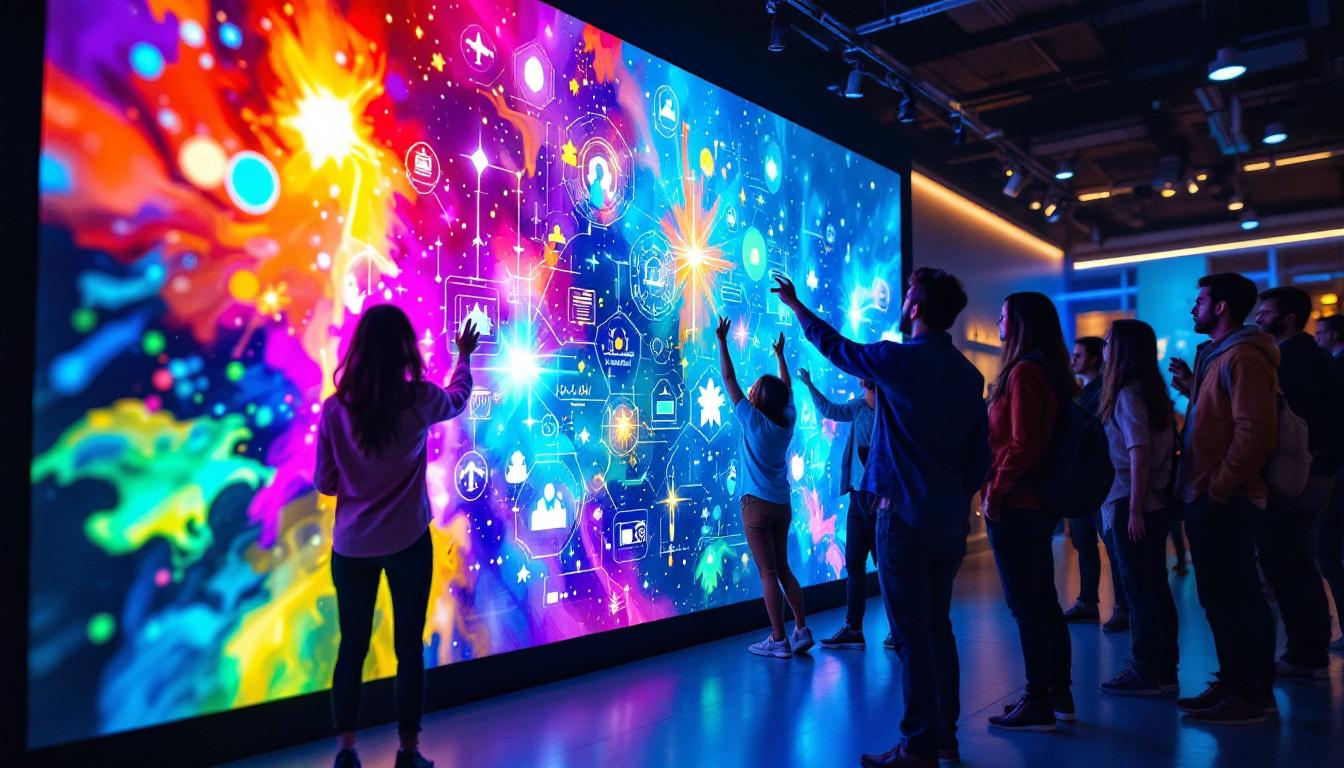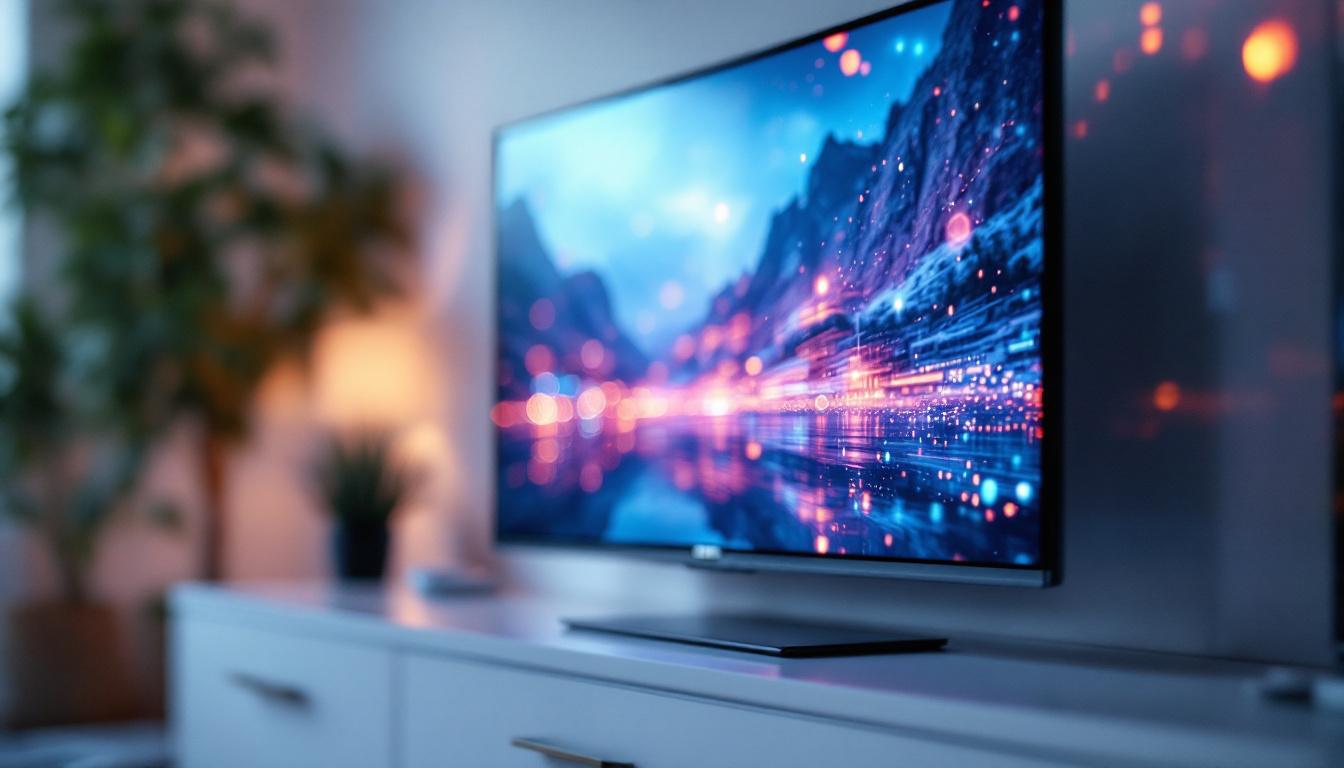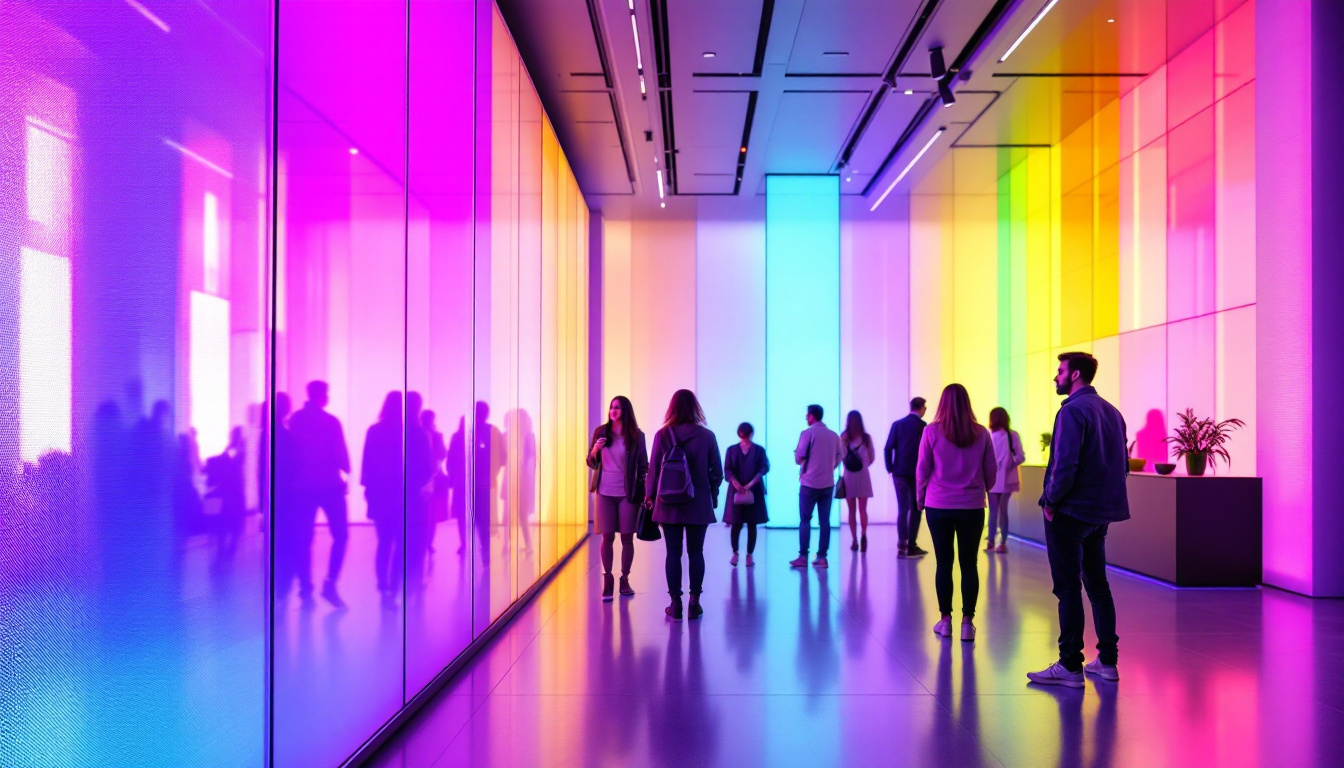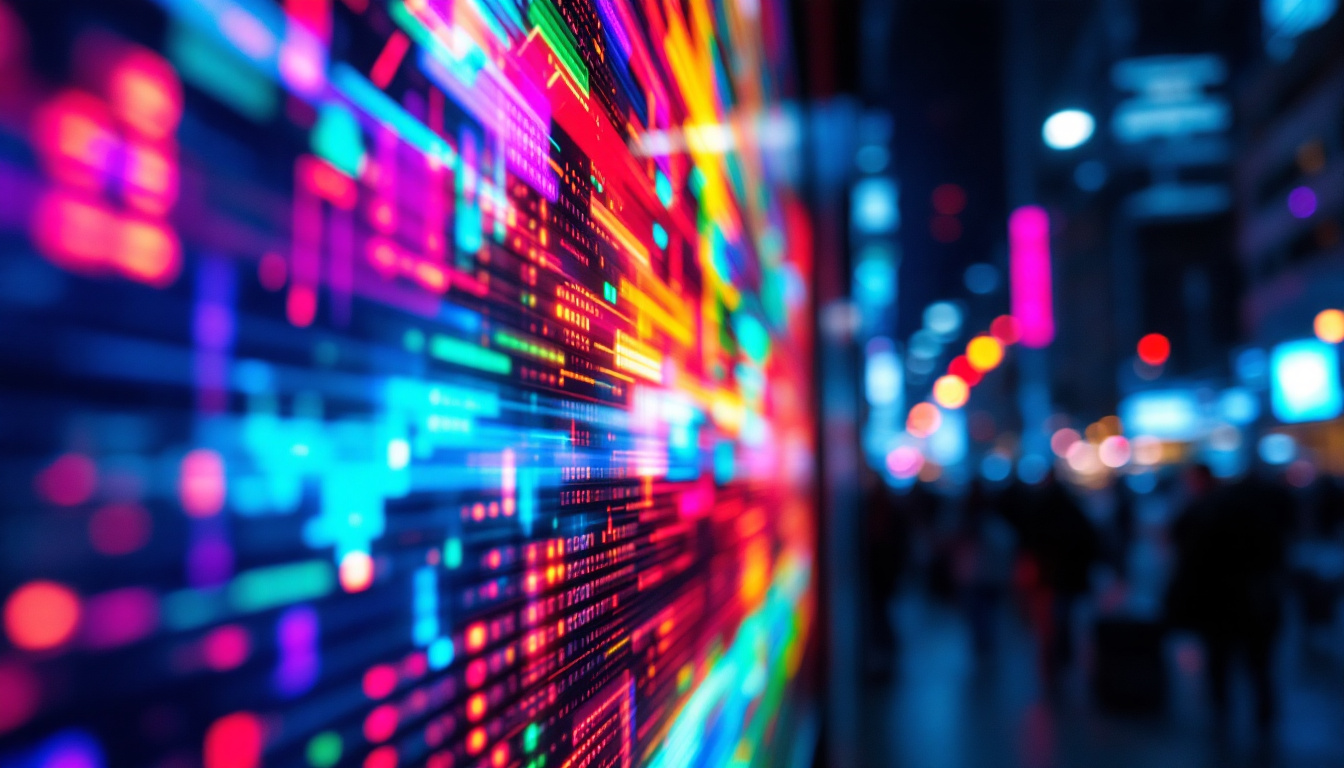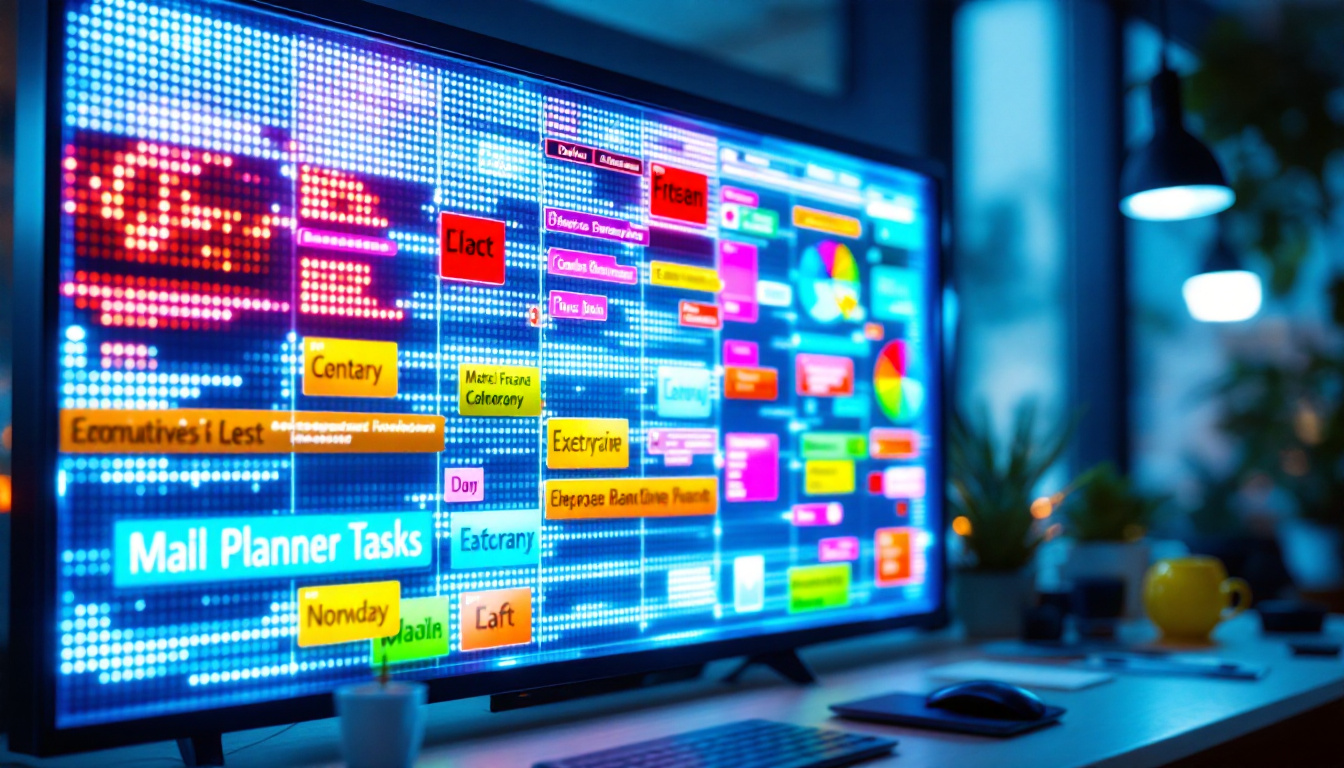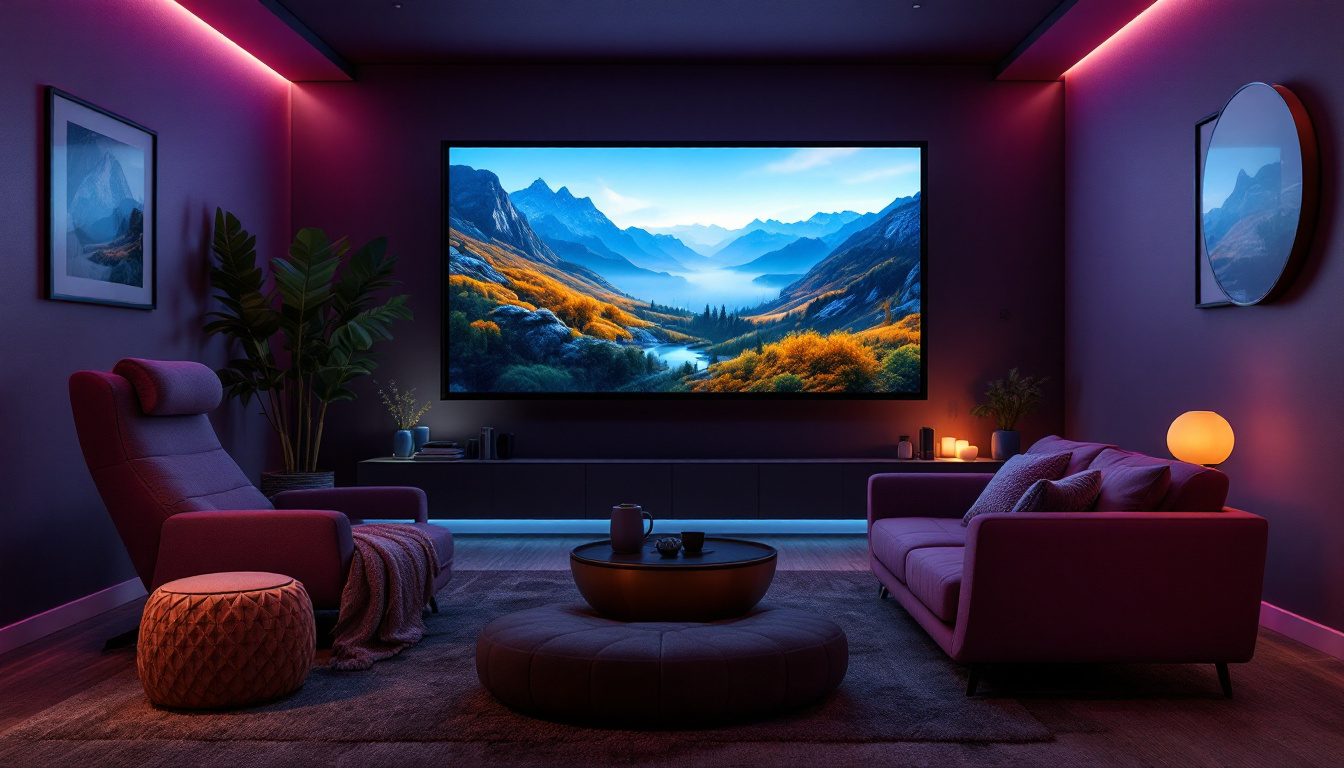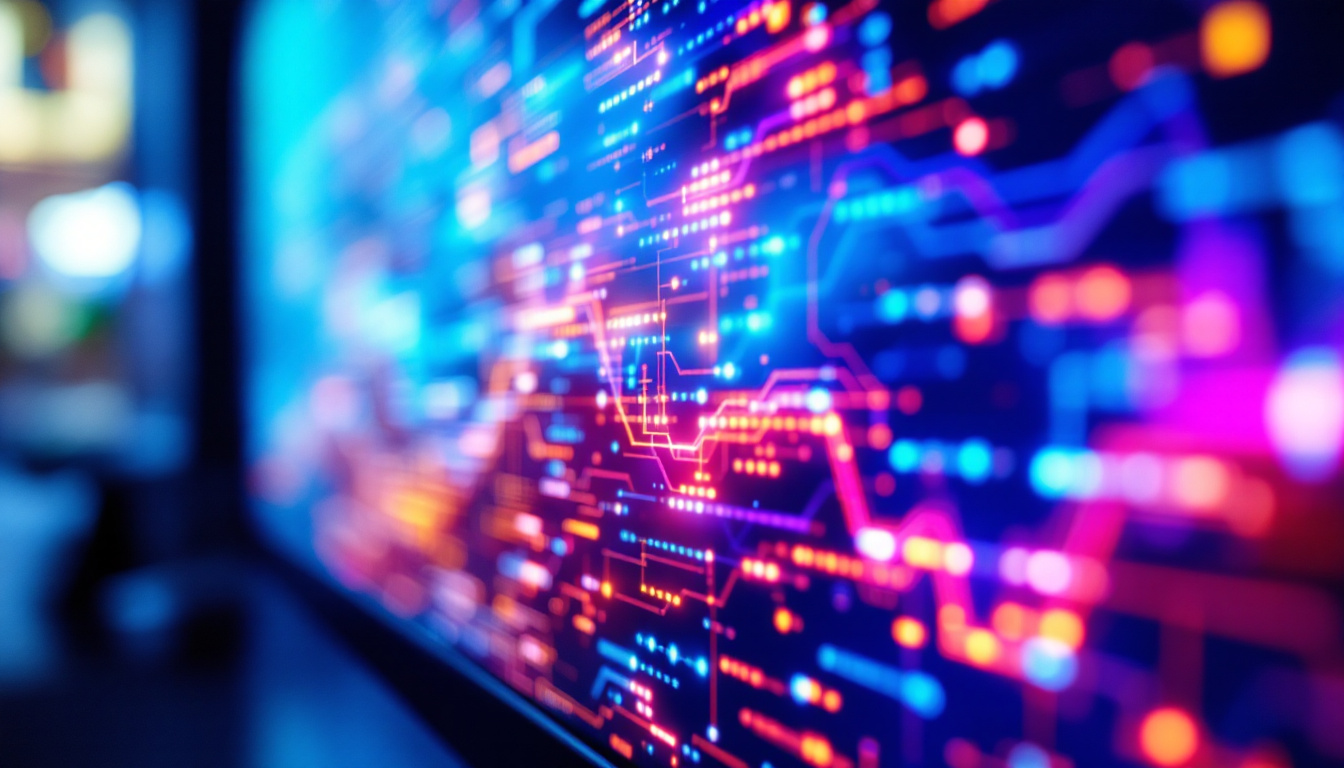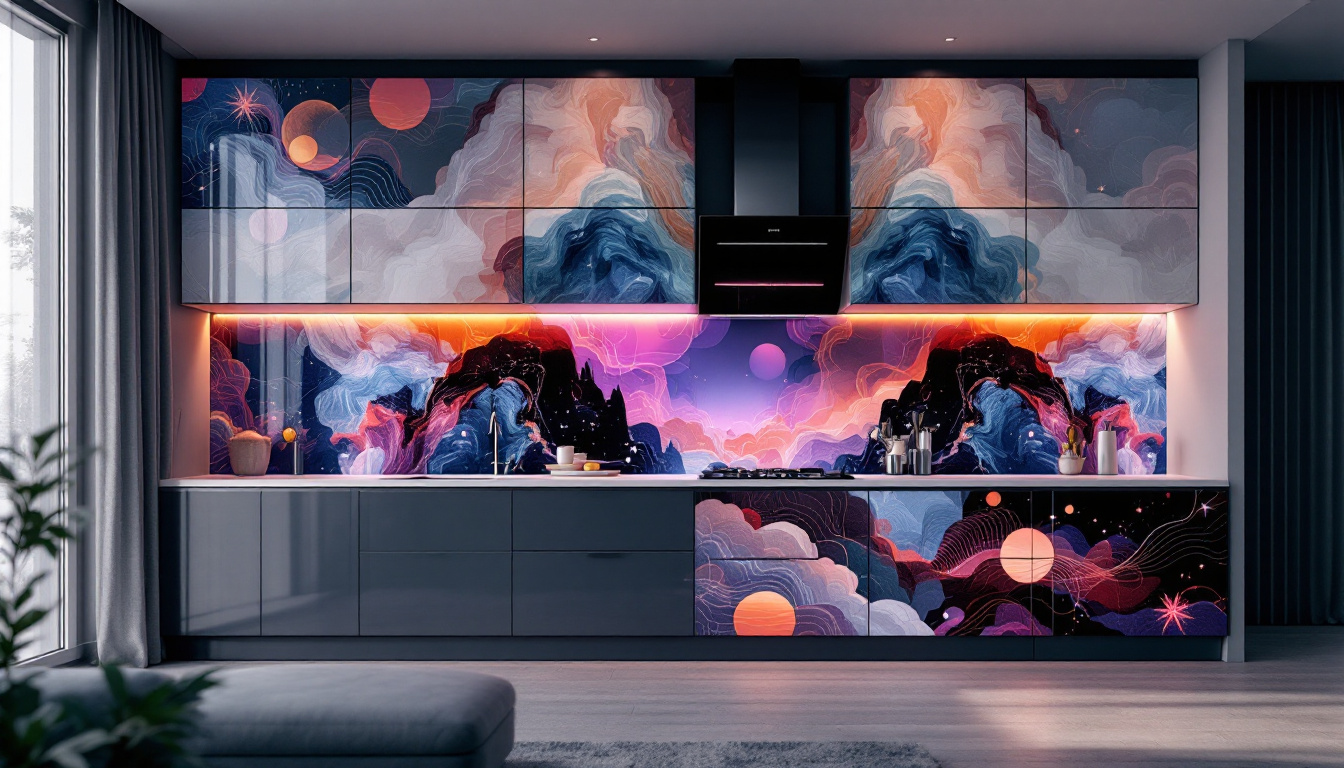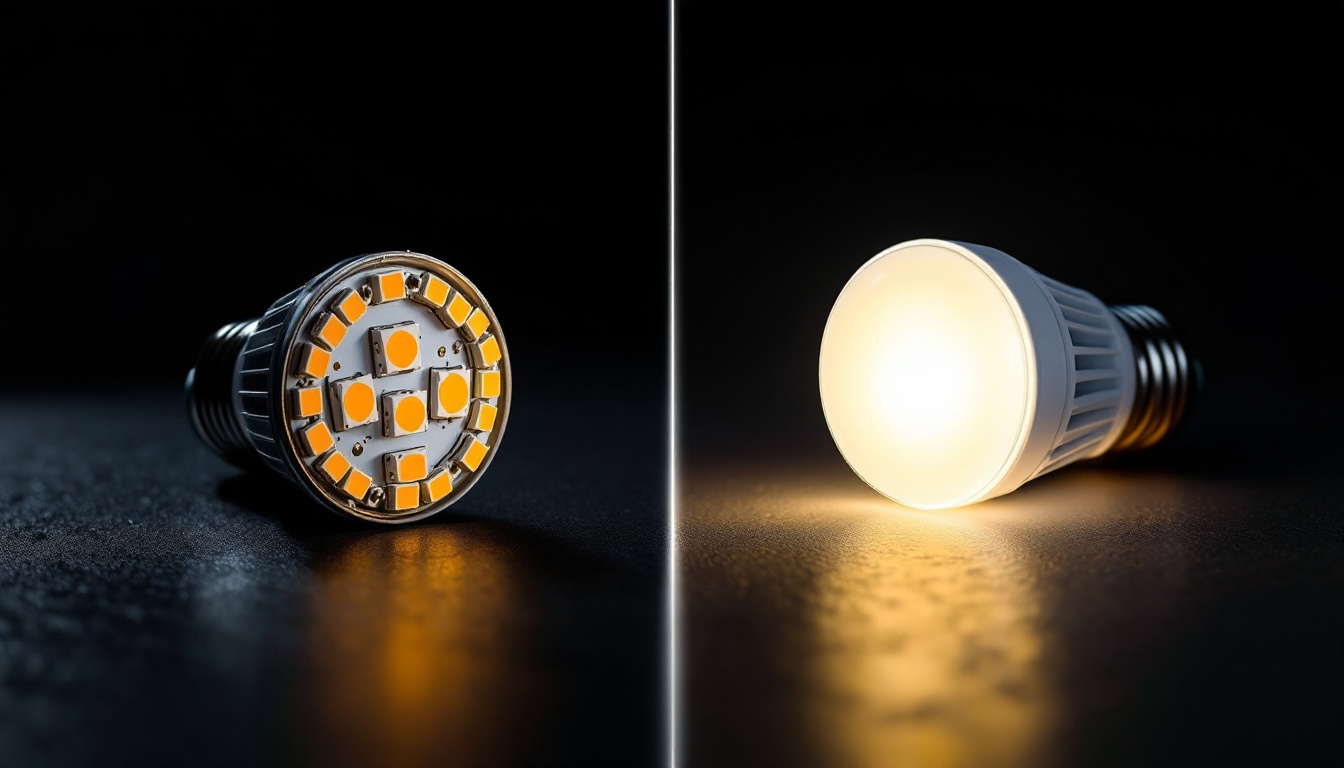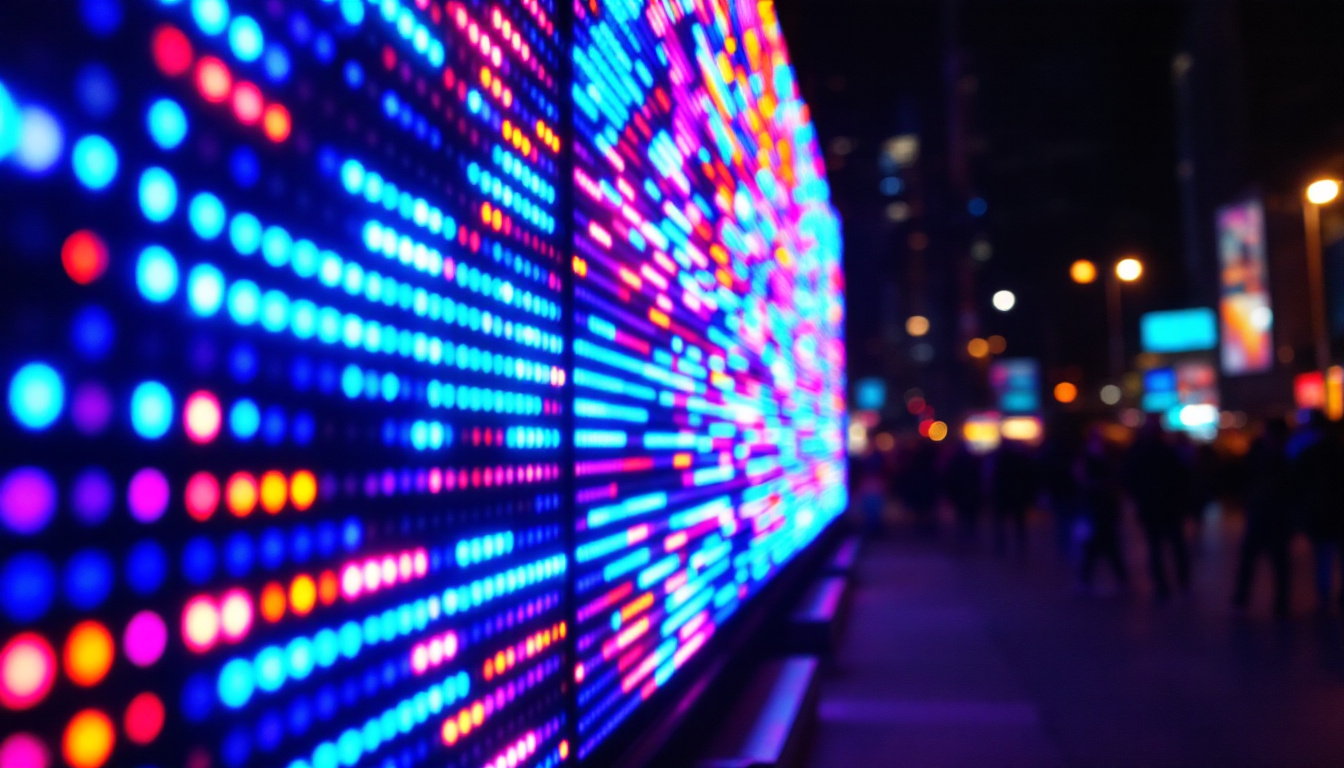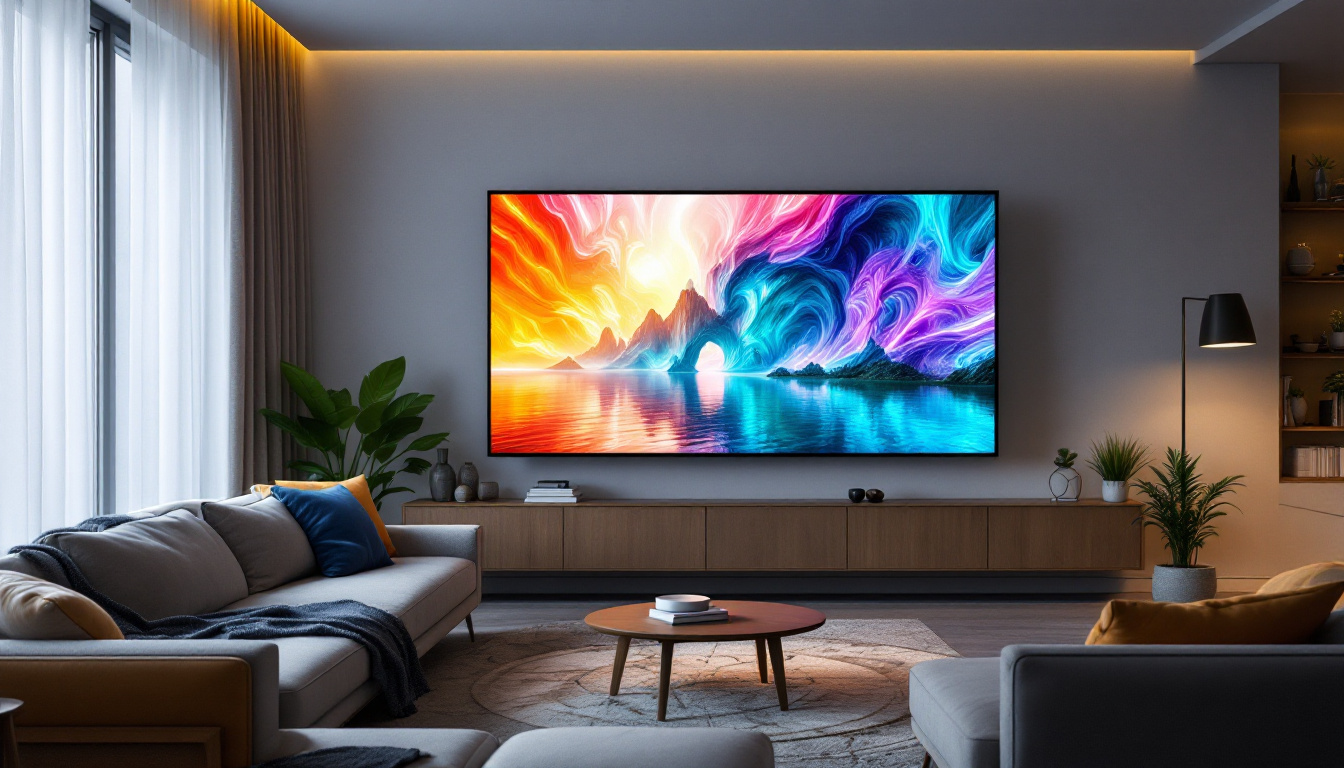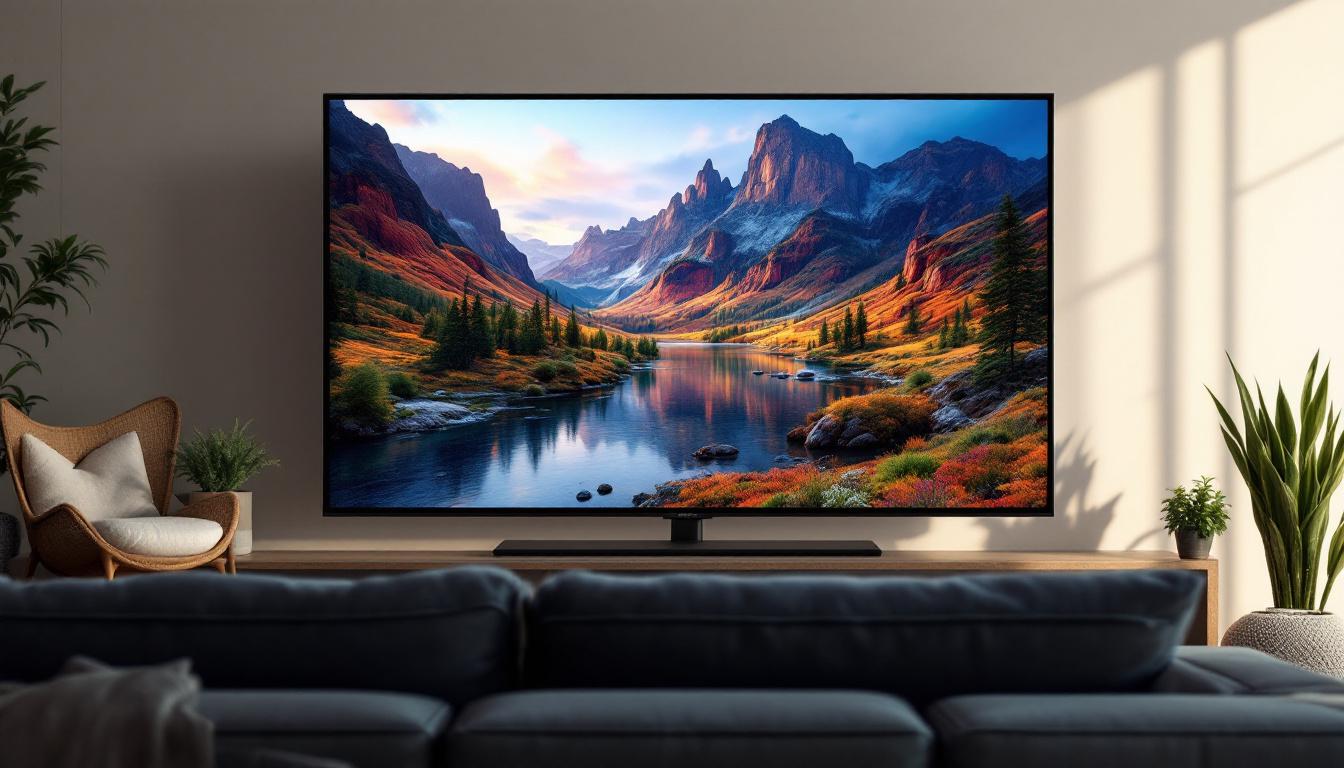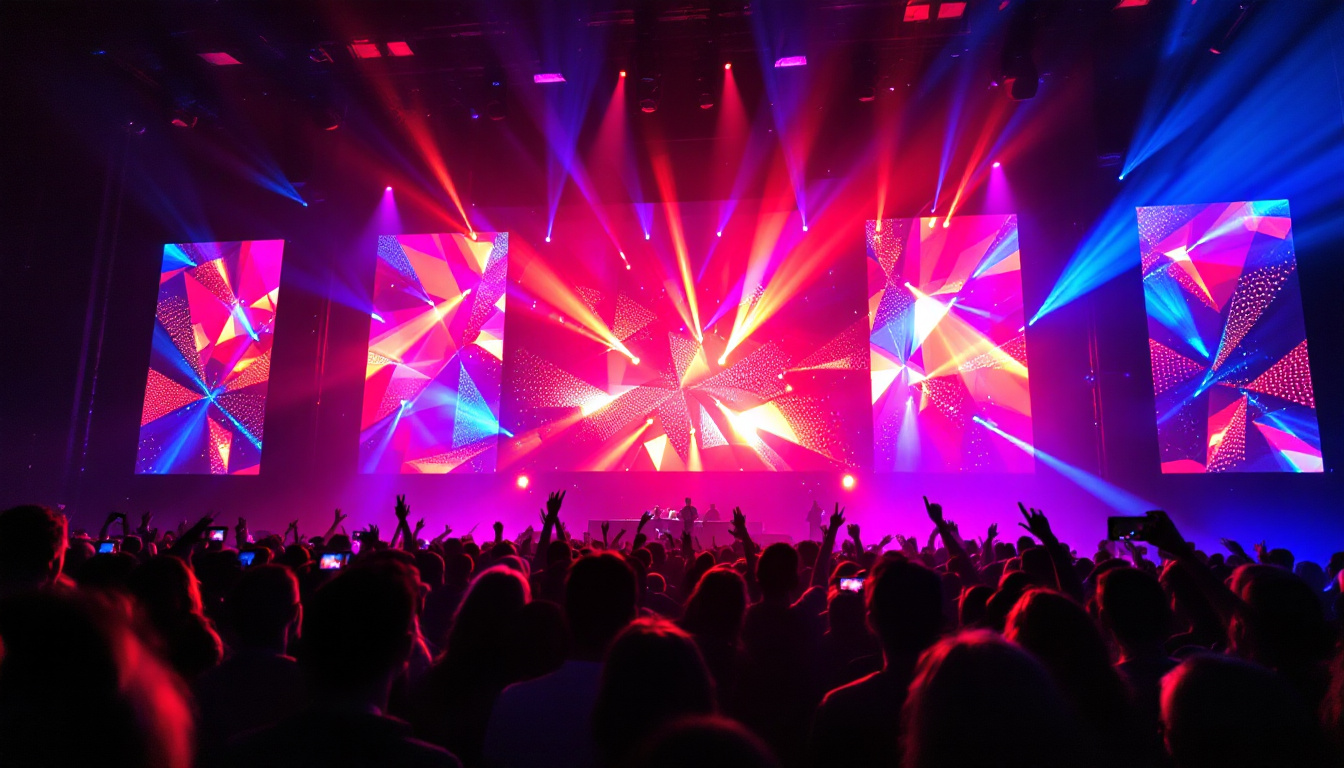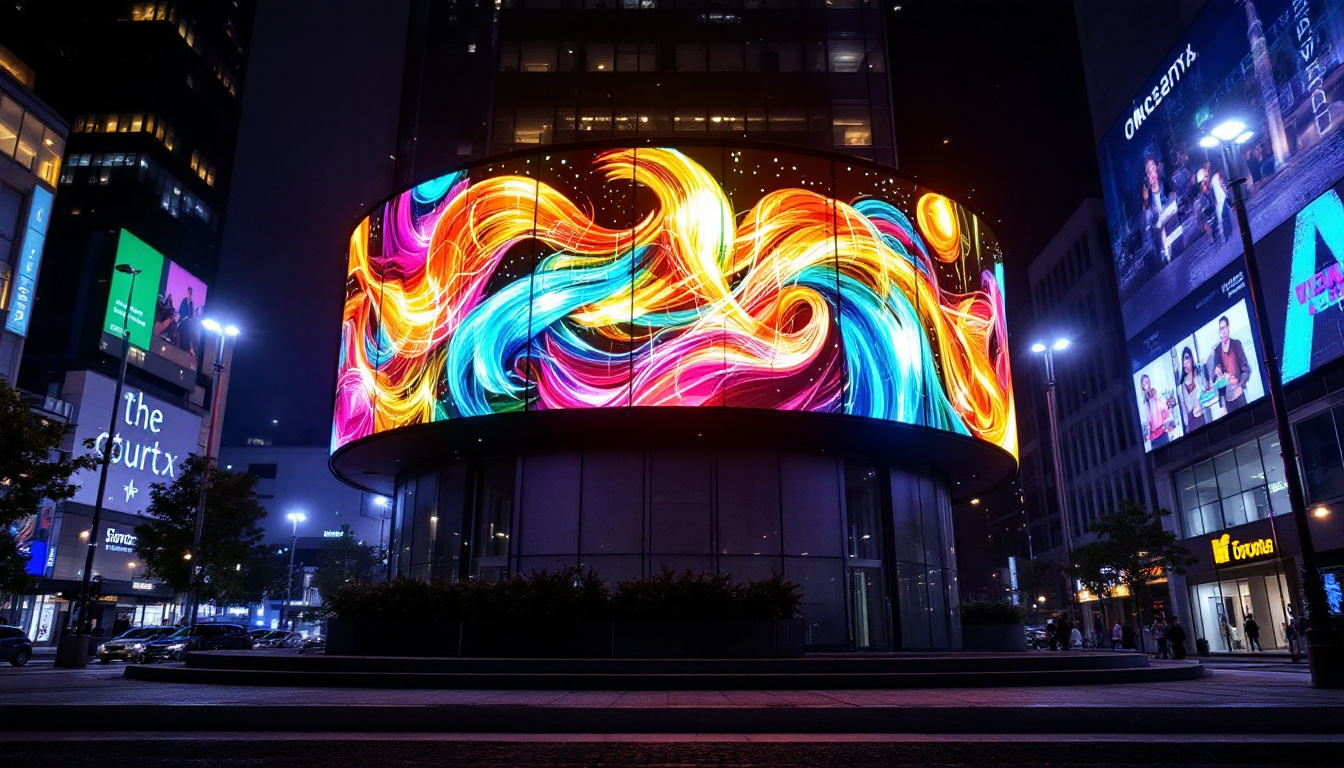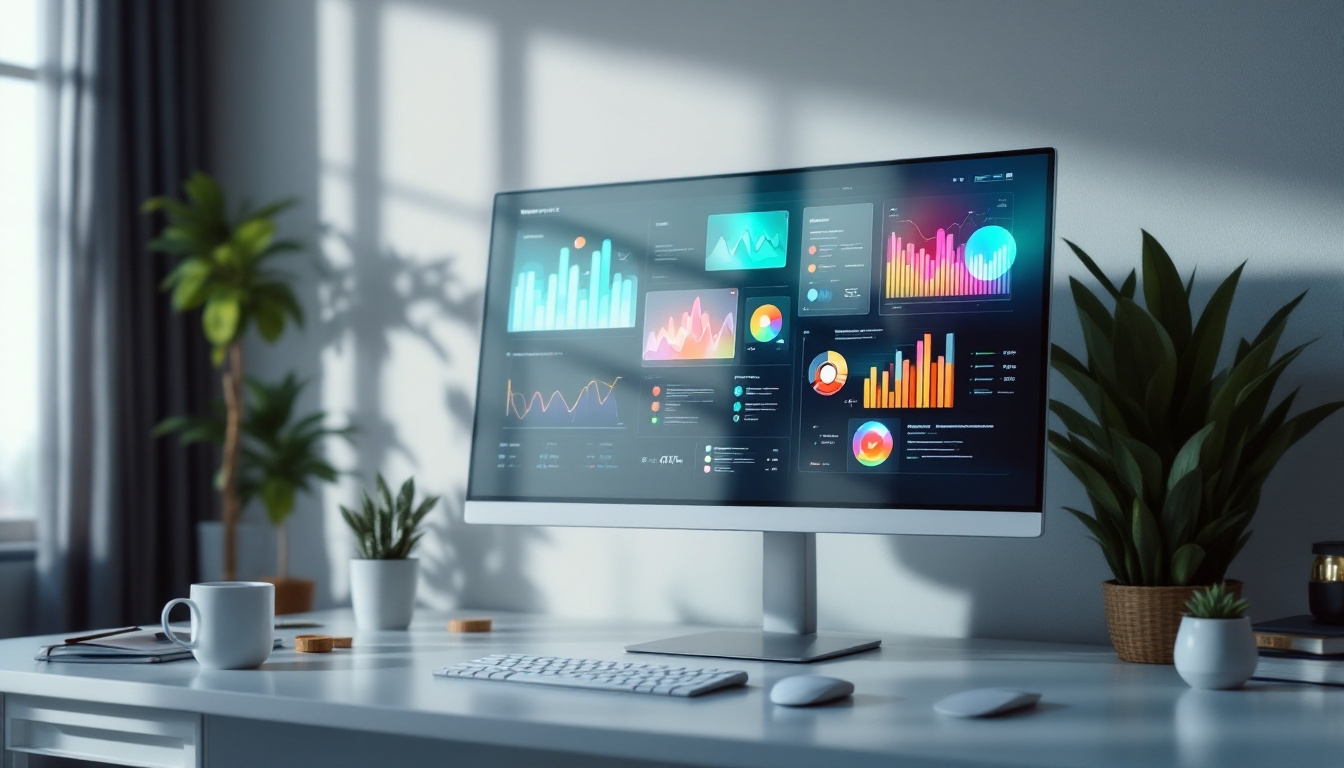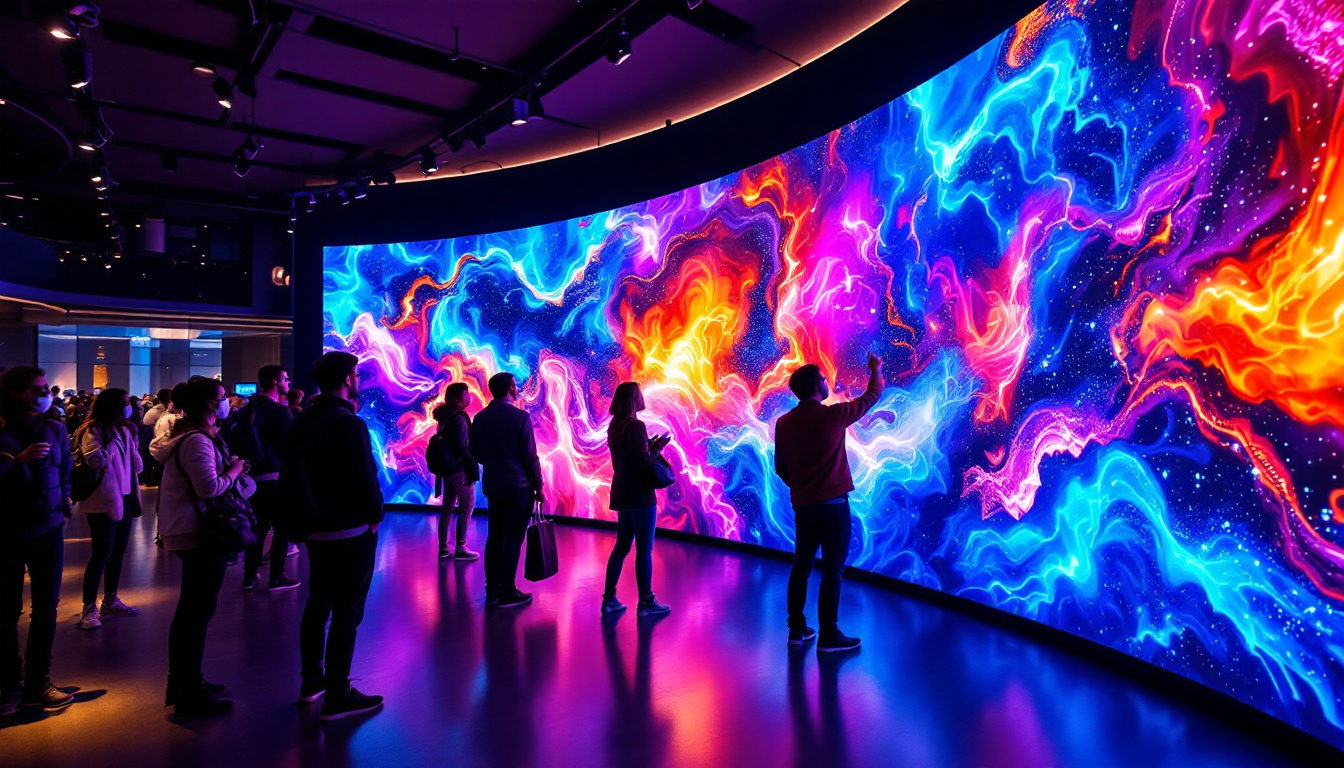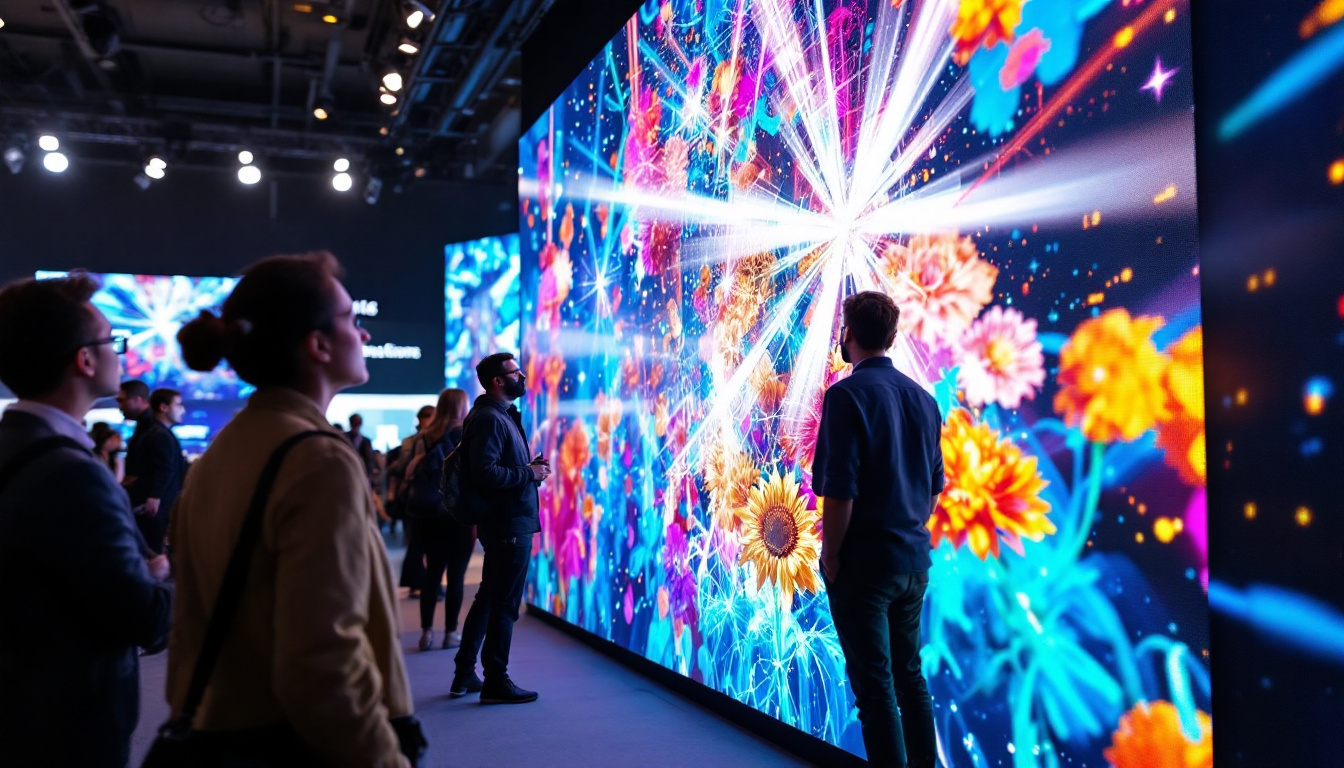In the digital age, the demand for high-quality video content has surged, leading to the need for effective methods of transmitting these videos without compromising quality. One of the most reliable solutions for displaying and sharing high-definition videos is through LED displays. This article delves into the intricacies of sending full-quality videos via LED technology, exploring its benefits, applications, and the technical aspects involved.
Understanding LED Display Technology
LED (Light Emitting Diode) displays have revolutionized the way video content is presented. These displays are known for their vibrant colors, high brightness, and energy efficiency, making them ideal for both indoor and outdoor environments. Understanding the technology behind LED displays is crucial for anyone looking to leverage this medium for video transmission.
What is an LED Display?
An LED display is a flat panel display that uses light-emitting diodes as pixels to produce images and videos. Unlike traditional LCD screens, which rely on backlighting, LED displays emit their own light, resulting in deeper blacks and brighter colors. This characteristic makes them particularly effective for showcasing video content in various lighting conditions. The ability of LED displays to maintain clarity and color accuracy even in direct sunlight is one of the reasons they have become the go-to choice for outdoor advertising and public displays.
Types of LED Displays
There are several types of LED displays, each suited for different applications. The most common types include:
- Direct View LED: These displays consist of individual LED modules that can be combined to create large screens. They are often used in outdoor advertising and large venues.
- LED Video Walls: Composed of multiple LED panels, video walls can create immersive experiences in settings like concerts and exhibitions.
- Transparent LED Displays: These innovative displays allow viewers to see through them while still showcasing video content, making them popular for retail environments.
In addition to these, there are also OLED (Organic LED) displays, which utilize organic compounds to emit light and are known for their exceptional color accuracy and contrast ratios. While they are primarily used in high-end televisions and mobile devices, their technology is gradually being adapted for larger displays as well. Furthermore, the emergence of MicroLED technology is pushing the boundaries of display capabilities; MicroLEDs are tiny, self-emissive pixels that can create stunning images with incredible detail and brightness, paving the way for next-generation displays that are both flexible and energy-efficient.
Another important aspect of LED displays is their adaptability to various environments. For instance, Indoor LED displays are designed to provide high resolution and vivid colors in controlled lighting conditions, making them ideal for retail spaces, corporate environments, and events. Conversely, Outdoor LED displays are built to withstand harsh weather conditions and feature higher brightness levels to ensure visibility in bright sunlight. This versatility allows businesses to choose the right type of display that meets their specific needs, enhancing their ability to communicate effectively with their audience.
Benefits of Using LED Displays for Video Transmission
Choosing LED displays for video transmission offers numerous advantages. Understanding these benefits can help businesses and individuals make informed decisions about their video presentation strategies.
High-Quality Visuals
One of the primary benefits of LED displays is their ability to deliver stunning visuals. With high resolution and excellent color accuracy, LED displays can showcase videos in their full glory. This quality is essential for applications such as advertising, where capturing the audience’s attention is paramount.
Versatility and Flexibility
LED displays are incredibly versatile. They can be configured in various sizes and shapes, making them suitable for a wide range of applications—from small retail displays to massive outdoor billboards. This flexibility allows businesses to tailor their video presentations to their specific needs.
Energy Efficiency
Compared to traditional display technologies, LED displays consume less power, making them a more environmentally friendly option. This energy efficiency translates to lower operational costs, especially for large installations that require continuous operation.
How to Prepare Videos for LED Display
To ensure that videos are transmitted in full quality on LED displays, proper preparation is essential. This process involves several steps, including optimizing video formats, resolutions, and aspect ratios.
Choosing the Right Video Format
When preparing videos for LED displays, selecting the appropriate video format is crucial. Common formats that retain high quality include MP4, AVI, and MOV. Each format has its advantages, but MP4 is often preferred due to its balance of quality and file size.
Resolution and Aspect Ratio Considerations
Resolution plays a significant role in video quality. For LED displays, a resolution of at least 1080p (1920×1080 pixels) is recommended to ensure clarity. Additionally, understanding the aspect ratio of the display is vital. Most LED displays use a 16:9 aspect ratio, but some may have different dimensions, requiring videos to be adjusted accordingly.
Bitrate and Compression Techniques
The bitrate of a video affects its quality and file size. Higher bitrates generally result in better quality but larger files. For LED displays, a bitrate of at least 10 Mbps is advisable. Compression techniques can help reduce file size without significantly impacting quality, making it easier to transmit videos effectively.
Connecting to LED Displays
Once the video is prepared, the next step is to connect it to the LED display. This process involves understanding the various input options available and the necessary equipment to ensure seamless playback.
Input Options for LED Displays
LED displays typically support multiple input options, including HDMI, DisplayPort, and VGA. HDMI is the most common choice for high-definition video, as it supports both audio and video signals in a single cable. Understanding the available ports on both the video source and the LED display is essential for a successful connection.
Using Media Players and Controllers
For larger LED installations, media players and controllers are often used to manage video playback. These devices can store multiple video files and allow for easy switching between them. Advanced controllers also offer features like scheduling and remote management, enhancing the overall user experience.
Wireless Connectivity Solutions
In some cases, wireless connectivity can be a convenient option for sending videos to LED displays. Technologies such as Wi-Fi and Bluetooth allow for quick and easy transmission without the need for physical cables. However, it’s essential to ensure that the wireless connection is stable to maintain video quality.
Best Practices for Full Quality Video Transmission
To achieve optimal results when sending full-quality videos to LED displays, adhering to best practices is crucial. These practices encompass everything from video preparation to playback management.
Regular Maintenance of LED Displays
Maintaining LED displays is vital for ensuring consistent video quality. Regular cleaning, checking for dead pixels, and updating firmware can prevent issues that may affect performance. A well-maintained display will provide a better viewing experience and extend its lifespan.
Testing Before Live Events
Before any live event or presentation, it is essential to conduct a thorough test of the video playback system. This includes checking the video quality, ensuring all connections are secure, and verifying that the display settings are correctly configured. Testing helps identify potential issues that could disrupt the presentation.
Monitoring During Playback
During video playback, monitoring the display is crucial to address any issues that may arise. Having a dedicated technician or team member to oversee the playback can help ensure that any technical glitches are resolved quickly, maintaining a seamless viewing experience.
Applications of LED Displays in Video Transmission
LED displays are utilized in various industries for video transmission, each benefiting from the technology’s unique advantages. Understanding these applications can provide insights into the versatility of LED displays.
Advertising and Marketing
In the advertising sector, LED displays are a powerful tool for capturing consumer attention. Brands use vibrant visuals and dynamic content to engage audiences, whether in retail environments, public spaces, or during events. The ability to change content quickly allows for targeted messaging that can adapt to different audiences.
Events and Entertainment
LED displays have become a staple in the events and entertainment industry. Concerts, festivals, and sports events often feature large LED screens to enhance the audience experience. The high brightness and clarity of LED displays ensure that everyone in attendance can enjoy the visuals, regardless of their location.
Corporate Communication
Businesses utilize LED displays for internal communication and presentations. In conference rooms, LED screens can be used to display video content during meetings, enhancing engagement and understanding. Additionally, digital signage in offices can relay important information to employees in real-time.
Future Trends in LED Display Technology
The LED display industry is continually evolving, with new advancements enhancing video transmission capabilities. Keeping an eye on these trends can help businesses stay ahead of the curve and maximize their use of LED technology.
Advancements in Resolution and Pixel Density
As technology progresses, LED displays are becoming increasingly high-resolution, with pixel densities that allow for stunning detail even at close viewing distances. This trend is particularly beneficial for applications such as virtual reality and augmented reality, where clarity is paramount.
Integration with Smart Technology
The integration of smart technology with LED displays is another exciting trend. Features such as AI-driven content management systems and interactive displays are becoming more common, allowing for personalized viewing experiences and improved audience engagement.
Eco-Friendly Innovations
As sustainability becomes a priority, the LED display industry is focusing on eco-friendly innovations. This includes energy-efficient designs, recyclable materials, and sustainable manufacturing processes, contributing to a greener future while maintaining high-quality video transmission.
Conclusion
Sending full-quality videos through LED displays is a powerful way to engage audiences, whether for advertising, entertainment, or corporate communication. By understanding the technology, preparing videos effectively, and adhering to best practices, businesses can maximize the impact of their video content. As LED technology continues to evolve, staying informed about trends and advancements will ensure that organizations remain at the forefront of video transmission capabilities.
Discover LumenMatrix’s Advanced LED Display Solutions
Ready to elevate your video content with unparalleled clarity and vibrancy? Explore LumenMatrix’s innovative LED display solutions, where cutting-edge technology meets creative design. From Indoor and Outdoor LED Wall Displays to specialized solutions like Vehicle LED Displays and LED Sports Displays, LumenMatrix offers a wide array of products to transform your visual communication. Whether you’re looking to captivate an audience, enhance corporate communication, or revolutionize your advertising strategy, LumenMatrix has the tools you need. Check out LumenMatrix LED Display Solutions today and see your messages come to life in full quality.

